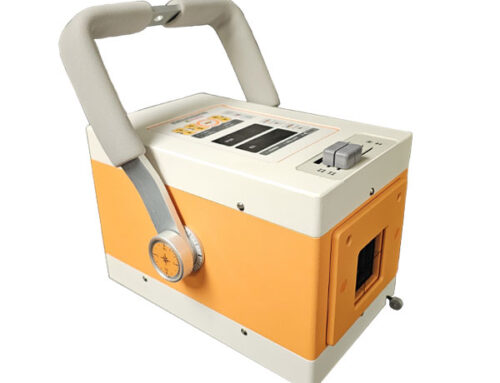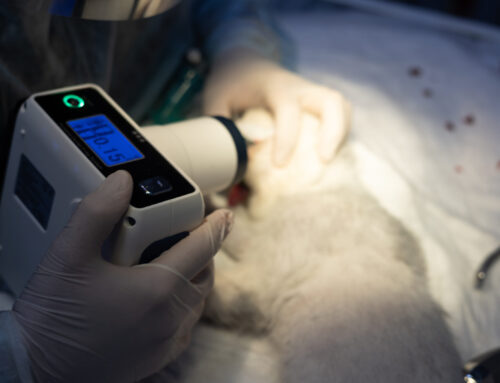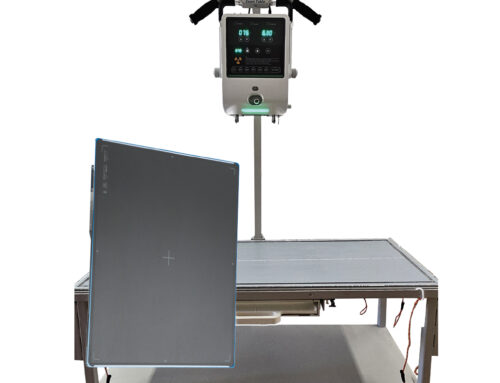If members of a vet team are suffering from burnout, there’s no doubt it will affect efficiency, success and profitability of a practice. That’s why it’s essential for practice owners or managers to take steps to handle stressful situations.
Consider your veterinary practice:
- Are you providing continuing education for your staff to inspire new knowledge?
- Are you giving them adequate daily let-up in the form of breaks and time away from work?
- Are you providing benefits, such as health insurance, so staff can seek out professional care?
Think about appointing someone on the team to oversee individual workloads and determine if each employee has the tools necessary for success.
And keep those communication lines open, regardless of the topic. Disturbance in the practice should always be discussed and worthy of an action plan.
A recent study published in the Journal of the American Veterinary Medical Association (JAVMA) took a look at whether team effectiveness could reduce burnout and improve job satisfaction among veterinary teams.
The study found that “all veterinary team members, not only veterinarians, were at risk of burnout and that elements relating to team effectiveness contributed to or detracted from an individual’s level of burnout. The serious organizational and individual repercussions of burnout suggest a need for the veterinary profession to consider and address contributing factors. Individual practices can begin by evaluating the overall function of the veterinary team.”
Suggestions for improving team effectiveness
Based on this study and prior studies that included both human and veterinary medicine, the authors came up with suggestions for animal hospitals to improve team effectiveness, thereby preventing burnout and job dissatisfaction.
- Increase individual engagement
“Increasing work engagement may prevent and alleviate burnout by enhancing an individual employee’s energy, vigor, and resilience,” researchers wrote. They also reported that respondents’ job satisfaction levels appeared to be tied to how engaged they felt with their position.
Suggestions for increasing work engagement included:
Acknowledging an individual’s contributions to the functioning of the hospital, and making them feel like integral team members.
Encouraging team members to further develop their skills and knowledge.
Empowering team members through means such as “support and guidance, access to information about organizational activities and decisions, resources to complete their jobs in a meaningful fashion, and opportunities to grow and develop.”
- Build a better coordinated team environment
The authors wrote that a coordinated team environment promotes increased professional efficacy.
Suggestions for building a better coordinated team environment:
Regularly evaluate internal communications to ensure all team members have the latest information.
Give team members the opportunity to provide suggestions aimed at improving patient and client service.
Recognize team members’ contributions and provide them with career and knowledge development opportunities.
- Avoid team toxicity
Working in a hospital with a toxic team environment can lead to staff fatigue, greater turnover rates, lack of respect, distrust of management, and job dissatisfaction.
Suggestions for removing toxicity from team environments:
Maintaining a zero-tolerance policy for incivility.
Facilitating information sharing to build respect and trust.
Improving human resource management practices to recruit and retain qualified workers.
Avoiding work overload by considering current staffing levels and individual workloads.
Identifying and resolving conflicts efficiently, and ensuring that all employees are treated equally and fairly.
There continues to be a shortage of credentialed veterinary technicians; finding qualified staff is a major complaint of practices. Attracting and retaining qualified individuals may be directly linked to implementing steps to combat veterinary team burnout.






